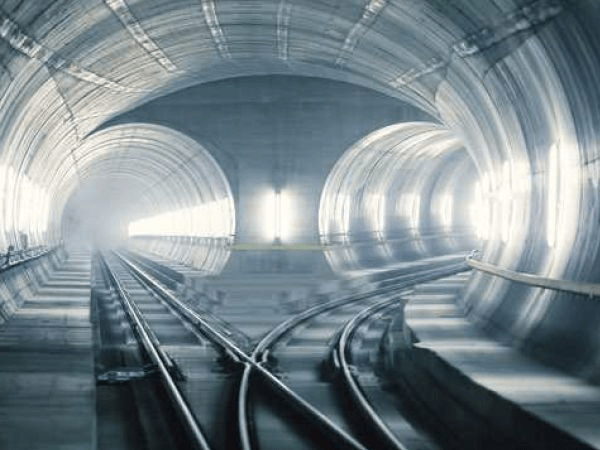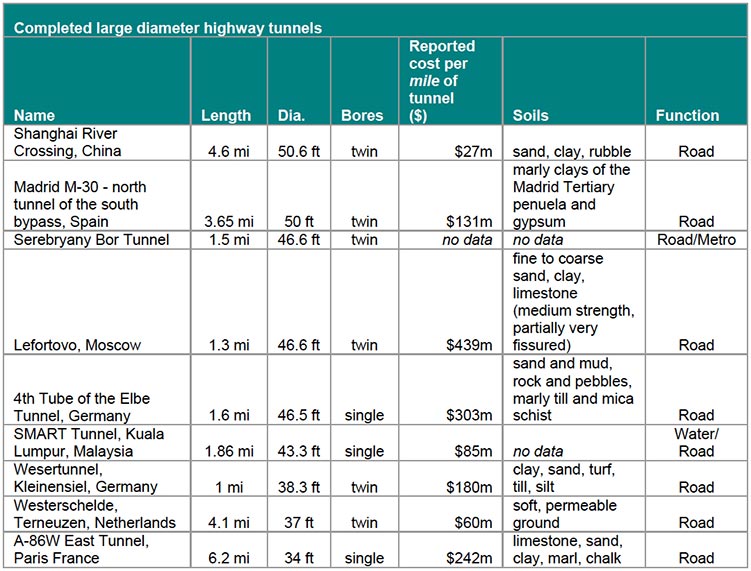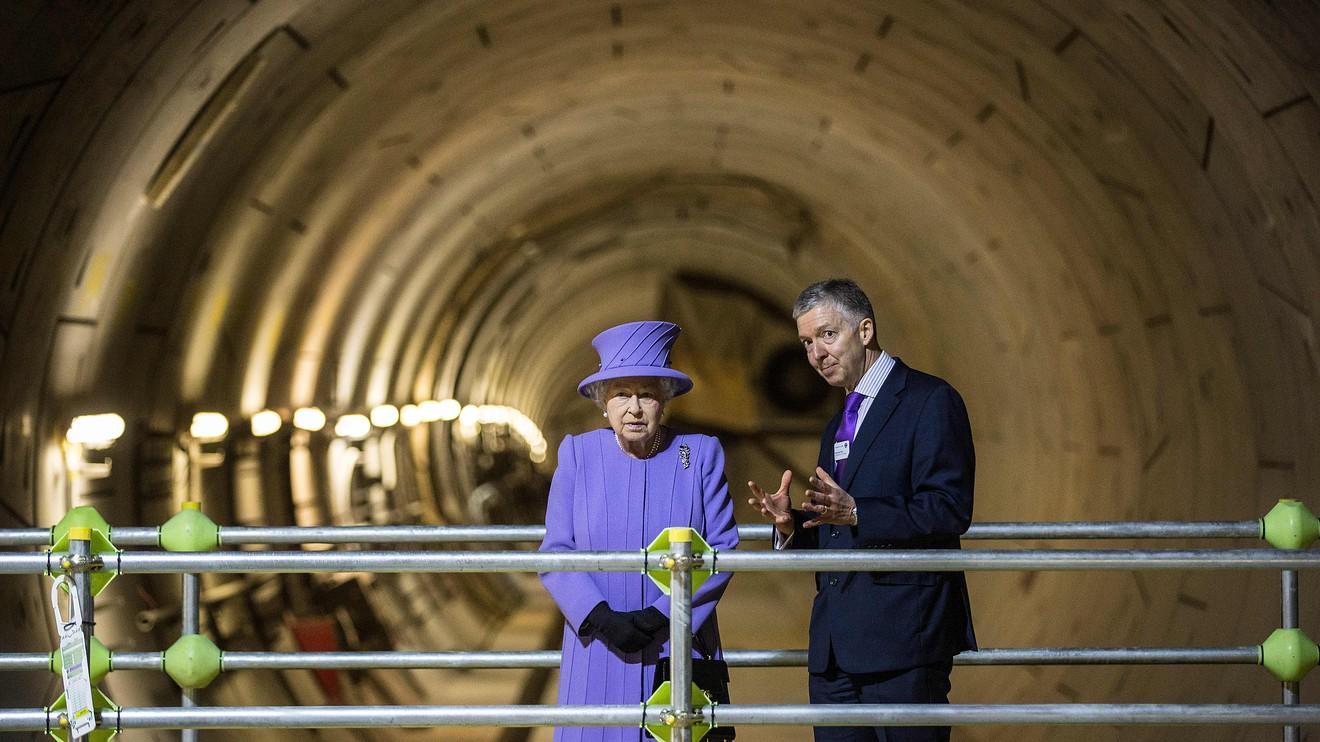Not many people realize that it is possible to build your own tunnel. Not a post-earthquake shelter, but a real tunnel. A tunnel underneath your house, if you want to get specific. That’s right. A tunnel for…uhh…going to work? Running away from home? What was the original reason for building an underground tunnel again?
There are many transportation projects in progress and under construction right now, with many more in the planning stages. Most of these transport projects have tunnel elements at least part of the way through their corridors. This blog article is intended to answer the question: how much does it cost to build a tunnel, how much did it cost to build channel tunnel, how much does the tunnel cost?

How much does it cost to build a tunnel
The Channel Tunnel is a 50-mile (80 km) long undersea rail tunnel connecting the United Kingdom and France. The tunnel was built by British and French engineers and opened in 1994. It has since been expanded with an additional high-speed rail line that can accommodate trains traveling at up to 150 mph (240 kph). Construction of the Channel Tunnel began in 1988 and took ten years to complete. It cost over $15 billion to build.
How much does the tunnel cost
The Channel Tunnel cost about $15 billion to build in total, including all construction costs as well as property purchases and other related expenses. The project required extensive geological surveys and planning before work could begin. The project also required a large amount of research and development into new technologies used for tunneling through different types of rock formations, from hard igneous rocks to soft sedimentary ones. The most expensive part of building the tunnel was constructing its base stations on both sides of the English Channel; these are located about 200 feet (60 meters) below sea level
Channel Tunnel Costs
The Channel Tunnel (or Chunnel) is a 31-mile-long rail tunnel under the English Channel connecting England and France. The tunnel runs between Folkestone in Kent, England and Coquelles near Calais, France. When it opened in 1994, it was the longest underwater tunnel in the world.
The project began in 1988 and was completed six years later at a cost of £5,600 million (US$8 billion). The French government contributed £2 billion while the British government contributed £3 billion. About 40 percent of the money came from loans raised by a private company called Eurotunnel Group Ltd., which operates passenger services through the tunnel.[1]:1–11
The Channel Tunnel is a tunnel under the English Channel that connects the United Kingdom and France. It is the longest undersea rail tunnel in the world.
Construction of the tunnel began in 1988 and cost about £4.65 billion (€5.25 billion or $6.3 billion) to complete, making it one of the most expensive civil engineering projects ever undertaken.
The Eurotunnel company, which runs passenger and freight services through the tunnel, has been trying to reduce its financial losses by offering lower fares and increasing freight traffic. But Eurotunnel still posted a net loss of €666 million ($817 million) in 2018, up from €500 million ($584 million) in 2017 and €369 million ($432 million) in 2016.
The Channel Tunnel (or “Chunnel”) is a railway tunnel that runs beneath the English Channel from Folkestone in Kent to Coquelles, Pas-de-Calais, France. It was constructed between 1987 and 1994 by the Channel Tunnel Group (CTG), a joint venture comprising three major contractors: Bechtel, Arup and Systra.

The tunnel is 50 kilometres (31 mi) long. Its construction cost was about £5 billion ($6.9 billion), two-thirds of which was paid by British taxpayers and the remaining third by French taxpayers.[1] The tunnel has been in commercial operation since 1994.[2]
The Channel Tunnel is operated by Eurotunnel under licence from the Department for Transport of the United Kingdom Government and SNCF Transmanche 2 of Transport Infrastructure France.[3][4]
The Channel Tunnel between England and France, the longest undersea tunnel in the world, cost $14 billion to build. The tunnel was officially opened by Queen Elizabeth II and French President Francois Mitterand in May 1994.
The second-longest underwater tunnel is Japan’s Seikan Tunnel, which connects Hokkaido Island with Honshu. Construction began on this tunnel in 1968 and it was completed in 1988. The total length of this tunnel is 54 miles (87 kilometers), making it the longest undersea tunnel in the world.
Other notable underwater tunnels include:
The Eisenhower Tunnel, which connects Colorado with Utah;
The Lincoln Tunnel between New York City’s borough of Manhattan and New Jersey;
The Pacific Highway Tunnel between Sydney, Australia, and Newcastle;
The Detroit-Windsor Tunnel that connects Detroit and Windsor, Ontario;

How much does the tunnel cost
The Channel Tunnel (often referred to as ‘The Chunnel’), is a 31-mile long undersea tunnel that connects the United Kingdom to France. The tunnel was constructed between 1987 and 1993, and opened for service on May 6, 1994. The total cost to build the Channel Tunnel was $22 billion USD.
The Eurotunnel Company Limited built the tunnel under contract from the British and French governments, and has operated it since its opening.
Joining together two countries separated by water has been attempted many times before. In 1802, Napoleon Bonaparte’s chief engineer proposed building a tunnel under the English Channel. But it wasn’t until 1967 that serious plans for such a project began taking shape again.
The Channel Tunnel, also known as the Chunnel, is a railway tunnel beneath the English Channel. It links Folkestone in Kent, in South East England, to Coquelles near Calais in northern France. The tunnel was constructed between 1988 and 1994 by a joint venture of two French companies (Société française du tunnel sous la Manche and Groupe Eurotunnel) and British Rail under an Anglo-French treaty.
Including the cost of international promotion and construction support over 20 years, the total cost has been estimated at £10 billion (€12 billion / $13 billion).
The Channel Tunnel is operated by Eurotunnel, which charges lorry drivers up to £1,200 per trip each way.

Channel Tunnel cost: £4.65 billion / $6.33 billion
Channel Tunnel cost: $9.76 billion / £6.67 billion
Eurotunnel cost: £10 billion / $13.46 billion
Channel Tunnel costs: £9 billion / $12.8 billion
Crossrail costs: £15 billion / $21.3 billion
HS2 costs: £54 billion / $73.1 billion
HS1 costs: £5.2 million / $7 million per mile
The Channel Tunnel, which was completed in 1994, cost £4.65 billion to build and it is the longest tunnel in the world. The tunnel runs for 31 miles from Folkestone to Coquelles, France.
The Eurotunnel operates two tunnels and both were constructed at a cost of £9 billion. The tunnels run for 35 miles and are located underneath the English Channel.
The Chunnel consists of two parallel tunnels that are 2.35 miles long and stretch from Folkestone to Calais. It takes around 30 minutes to travel through the Chunnel on a high speed train or Eurostar train.
The Channel Tunnel was first proposed in 1802 by William Congreve, who was inspired by the success of the Mont Cenis Tunnel which opened in 1871. Construction took almost ten years and cost £210 million.
The Channel Tunnel is a 50-mile rail link between Britain and France, consisting of two tunnels: one for cars and lorries, another for trains. The tunnels are 31 miles long and are 35 metres below sea level at their deepest point.
The tunnel was constructed by British engineers using ‘the cut-and-cover’ method – digging down through the chalk to create a space large enough for the train line to pass through. The two tunnels were joined together by a 1in steel tube running underneath them both and filled with water so that they could be joined by welding together the two ends of this tube.
